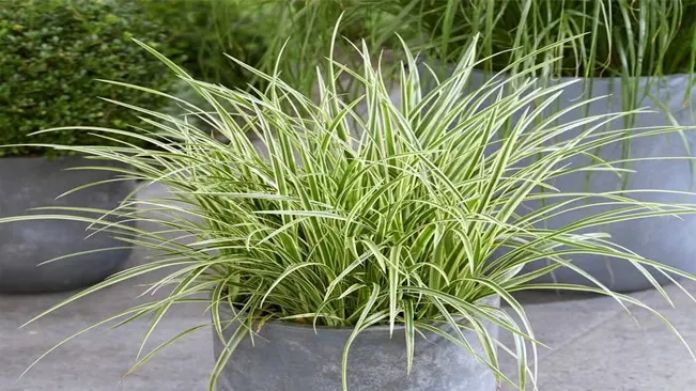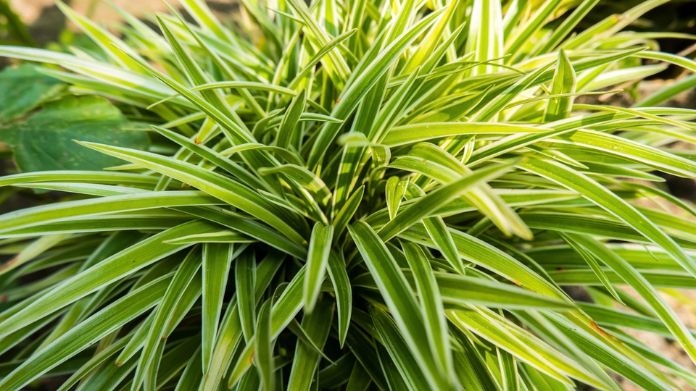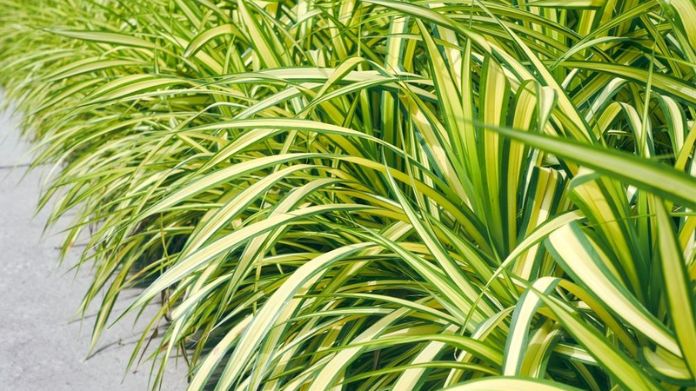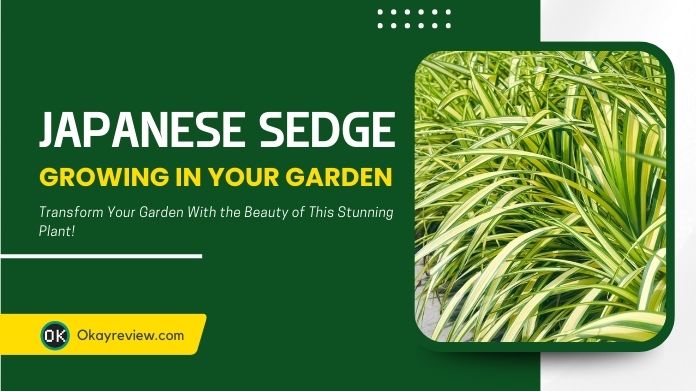Gardening is more like a passion, a hobby for several people. They feel calm and relaxed amidst the green plants. Studies have shown that the earthy fragrance of the soil puts the mind at ease.
However, it’s not easy to grow and care for the plants. Most floral species have varied needs regarding water content, soil nutrition, sunlight, and many more.
When you grow numerous plants together, you have to be specific about these. Then comes the caring and maintenance jobs!
These include preventing pests from destroying the plants, providing accurate and balanced nutrition, etc.
However, plants like Japanese Sedge are quite easy to grow and maintain. Including them in your garden will put less of a burden on you.
Also, they are visually attractive, thereby adding more beauty to your garden setup. So, if you are planning to get a low-maintenance plant, Japanese Sedges will be the best option.
That being said, we have prepared a detailed guide below. Here, we will walk you through the steps necessary to grow this plant in your garden.
Table of Contents
Benefits of Growing Japanese Sedge as a Garden Plant
 This special variety of Carex mostly grows in Southern and Central regions of Japan. Its foliage is dense but slender, almost growing to a height of 12 to 18 inches.
This special variety of Carex mostly grows in Southern and Central regions of Japan. Its foliage is dense but slender, almost growing to a height of 12 to 18 inches.
Its leaves are flat and narrow with dark green color being the prominent shade. The leaves are quite long, growing to a length of 12 inches and having a width of ¼ to ½ inches.
Now, you may think growing such a delicate plant can add more work to your plate. Well, before you reach any conclusion, let’s have a quick look at the benefits of growing a Japanese Sedge.
- It is a low-maintenance plant. So, if you are a novice gardener, it will be a good start.
- Pests and diseases do not frequently affect the plant.
- If you plant Japanese Sedge in bulk, bees and butterflies will start swarming in your garden.
- This variety will add finely textured details to your landscape.
- You can plant it in garden beds or accent planters as per your choice.
- Japanese Sedges love moisture. So, you can grow them around ponds or in water gardens.
- The dense green foliage can be seen throughout the year.
Physical and Geographical Conditions Required to Grow Japanese Sedge

1. Lighting Conditions
You don’t need open-air spaces with direct sun exposure for Japanese Sedge. Rather, you can opt for:
- Complete shade from trees
- Partial shade with diffused sunlight
Too much exposure to the sun’s rays can cause the foliage’s green color to fade with time. So, do not keep them in open for more than 4 to 5 hours daily.
2. Soil Conditions
For soil, you need to remember the following:
- Japanese Sedges can survive on any soil pH.
- You will need a fertile soil blend with moderate moisture-retaining capacity.
- Ensure the soil mix can drain water excellently, as excessive moisture can cause fungal diseases.
- Soil types like clay, sand, chalk, and loam will facilitate new growth in Japanese Sedge.
3. Water Requirements
Consistent watering will be needed for a Japanese Sedge. It will ensure the plant gets established in your landscape properly.
During this time, you should drench the plant in case the topsoil layer of the planter has dried out completely. Also, do not allow the bottom soil to become dry completely.
Once the plant is established, it will gain moderate tolerance to droughts. After this, you should water the plants at their bases and not over the foliage. That’s because the leaves may retain moisture and become vulnerable to fungal diseases.
4. Humidity and Temperature
The best thing about Japanese Sedge is that it loves cool weather. It can tolerate a temperature as low as 75 degrees Fahrenheit.
However, extra protection will be needed if the mercury level falls below this margin. You can add a thick layer of organic mulch around its roots.
It will keep the plant warm and prevent the cells from freezing. As for humidity, Sedge doesn’t have any special requirements.
Growing Japanese Sedge: Explore the Options
 It’s true indeed that Japanese Sedge doesn’t require too much maintenance. So, having it in your garden will be extremely rewarding.
It’s true indeed that Japanese Sedge doesn’t require too much maintenance. So, having it in your garden will be extremely rewarding.
Now, you can grow it in two ways, namely:
- Propagation
- From seeds
Propagation of Japanese Sedge
If you want to grow new plants, use the division method for propagation. It should be done every three to four years. That’s because matured plants do not usually give birth to new leaves at their center.
- New growth of Japanese Sedge usually starts in the spring season. During this time, you need to lift the entire plant from the soil using a shovel. You can divide it into smaller sections if the original plant is too big to lift.
- While breaking the clumps into smaller sections, be gentle. You can shake off the excess soil from the roots to break the clump easily.
- Once the sections are ready, you can plant them in new pots. Ensure the height is maintained as of the original plant. You will have to water the plants consistently and keep the soil moist. This will facilitate new growths faster in the sections.
Growing Japanese Sedge from Seeds
The seeds of this plant may not be widely available in the market. That’s because it is mainly sold as a grown plant. However, if you get your hands over the seeds, follow the below steps to grow a new Japanese Sedge.
- Use a seed flat and fill it with a light potting mix or a seed starter mix. Now, sow the seeds carefully. Once done, cover it with a small amount of soil.
- Germination is faster in cooler temperatures. So, you should maintain the temperature around 60 degrees Fahrenheit. Also, it would be best to keep the seed flat in a partially shaded area. Ensure you water the soil every day to keep it moist.
- Once the root develops, you can plant them outdoors. Fall or spring will be the best time to do so.
Wrapping Up
Growing Japanese Sedge is not too tiring or time-consuming. Once you follow the watering and lighting requirements, everything will fall into place.
Just ensure you use a proper soil mix and pot so that the plant can grow to its full height and width. Rest assured, you will soon have a dense, dark green foliage in your garden!


Your guide on growing Japanese sedge is both informative and easy to follow. I love how you covered everything from planting to care tips, making it perfect for beginner and experienced gardeners. Thank you for sharing such valuable insights.